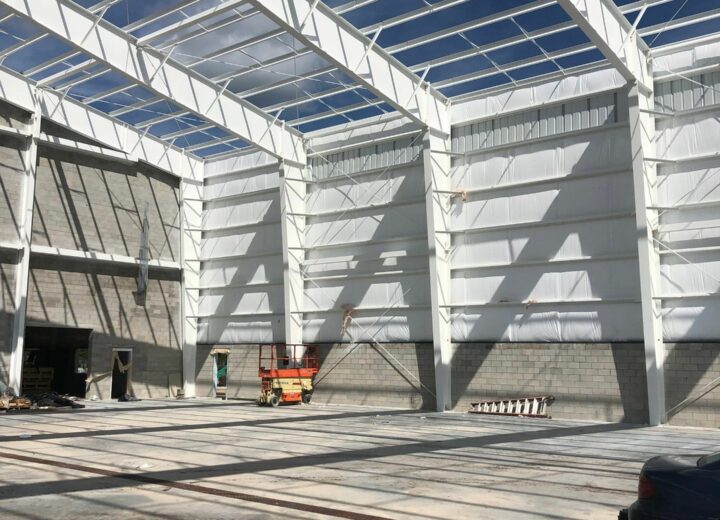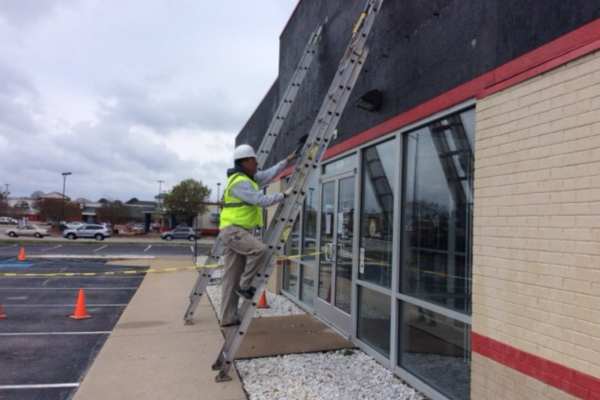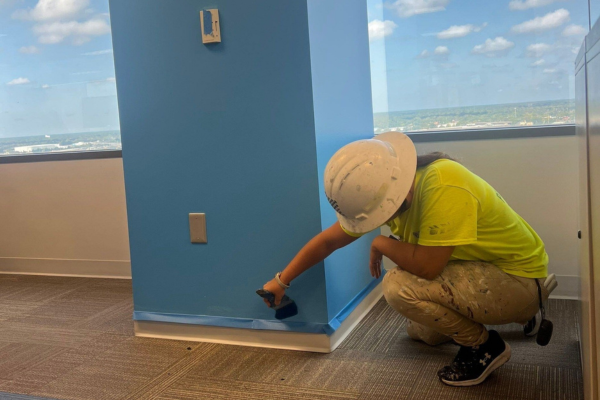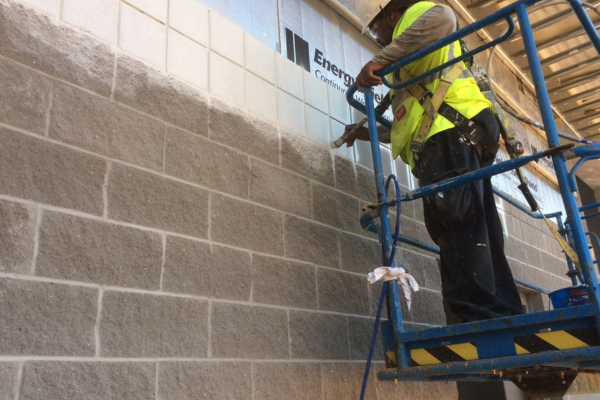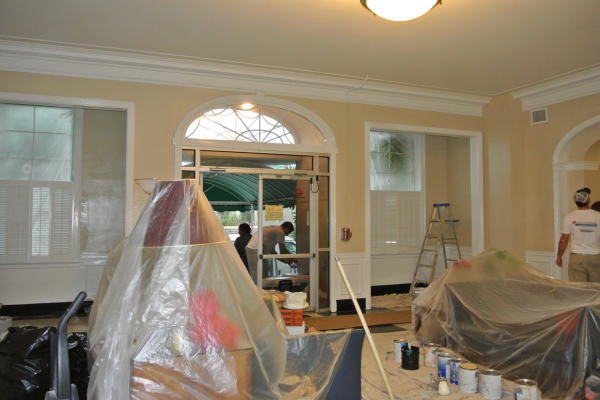Excess moisture has always been a critical problem in the great state of Florida. But the most essential aspect is that, in areas where humidity and heat are rampant, moisture can lead to many serious issues, ranging from unsightly and costly water damage to fungal contamination and building-related illness.
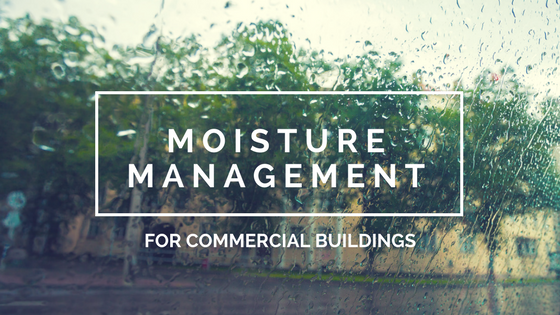
To help, we’re going to discuss the basic causes of excess moisture in commercial buildings along with the most efficient solutions available nowadays.
Water Intrusion – Water penetration of the building envelope is the most significant factor in water damage and fungal growth. Leaking pipes or roofs, wind-driven rain or moisture trapped in roof and/or wall assemblies can reduce the effectiveness of insulation materials, facilitate corrosion processes and break down different building components.
Condensation – Generated internally, condensation is the direct result of the infiltration of outside air and occupant activities that cause differential vapor pressure. Differential vapor pressure can cause moisture to diffuse through the building, leading to condensation.
In the hot and humid climate of Florida, excess moisture, water damage and fungal infestations in commercial buildings can be prevented by utilizing adequate building envelope components with excellent moisture and thermal resistance. These components can be used in conjunction with a wide variety of waterproofing coatings that act as vapor retarders and enhance the characteristics of the building envelope.
When selecting a waterproofing coating system for a commercial application, commercial paint contractors must consider the porosity of the exterior finish along with the effects of moisture penetration and migration through the wall system.
As an example, wall finishes like stucco and brick masonry have a lower resistance to moisture ingress and migration compared to non-porous materials, such as aluminum and vinyl. This means that certain wall finishing materials require coating systems with a lower perm rating, as only these products can help eliminate water intrusion problems through walls.
If you’re looking for expert advice on the most adequate waterproofing coatings for your painting project, here are some waterproofing coatings our commercial paint contractors use in different commercial applications for effective moisture control.
- Elastomeric coatings: These coatings have low permeability and superior flexibility, being ideal for preventing water ingress and accommodating minor movement in wall systems. Once dried, elastomeric coating systems form a hard-wearing surface that can better protect structures against normal weathering processes and even aggressive chemicals.
Additionally, elastomeric coatings like Loxon XP and Sherlastic from Sherwin Williams are thicker than regular acrylic latex paint, which means they provide a much better coverage. Unlike regular paint, these coatings can also bridge small gaps and hairline cracks when properly applied.
- Epoxy coatings: Epoxy flooring products are some of the best alternatives available for waterproofing floors in commercial buildings. For instance, Sherwin Williams’ ArmorSeal 8100 provides both a waterproofing and breathable finish alternative that can be applied directly to damp concrete. What’s more, this water-based formulation meets stringent VOC standards, offering unmatched versatility for various commercial applications.
Applying specialty coating systems is a job best left to experienced commercial paint contractors. Preparing a variety of surfaces and applying coating systems according to manufacturers’ instructions since 2001, Performance Painting Contractors can deliver high-quality results and ensure that all the products are used to their full potential. For more details about the effectiveness of waterproofing systems in commercial buildings, please feel free to contact Performance Painting Contractors today!

